Dancing in an Alternate Timeline
Story by Matthew St. Amand
There is a special challenge for theatre performers to live up to the age-old belief—“The show must go on!”—when it is a near certainty that the show will be canceled. This was the dilemma that faced Windsor Dance eXperience (WDX) when the COVID-19 global pandemic began in March 2020, cutting a wide swath of cancellations throughout arts communities everywhere. WDX demonstrated, however, that its art director, choreographers and performers refused to give up.
“Windsor Dance eXperience is not a dance school,” explains Tiffany Chan, owner and artistic director. “We rehearse to perform in front of audiences. Ordinarily, we do two or three shows a year at the Capitol Theatre, so doing a movie was not something that ever occurred to us because we’re all about performing live.”
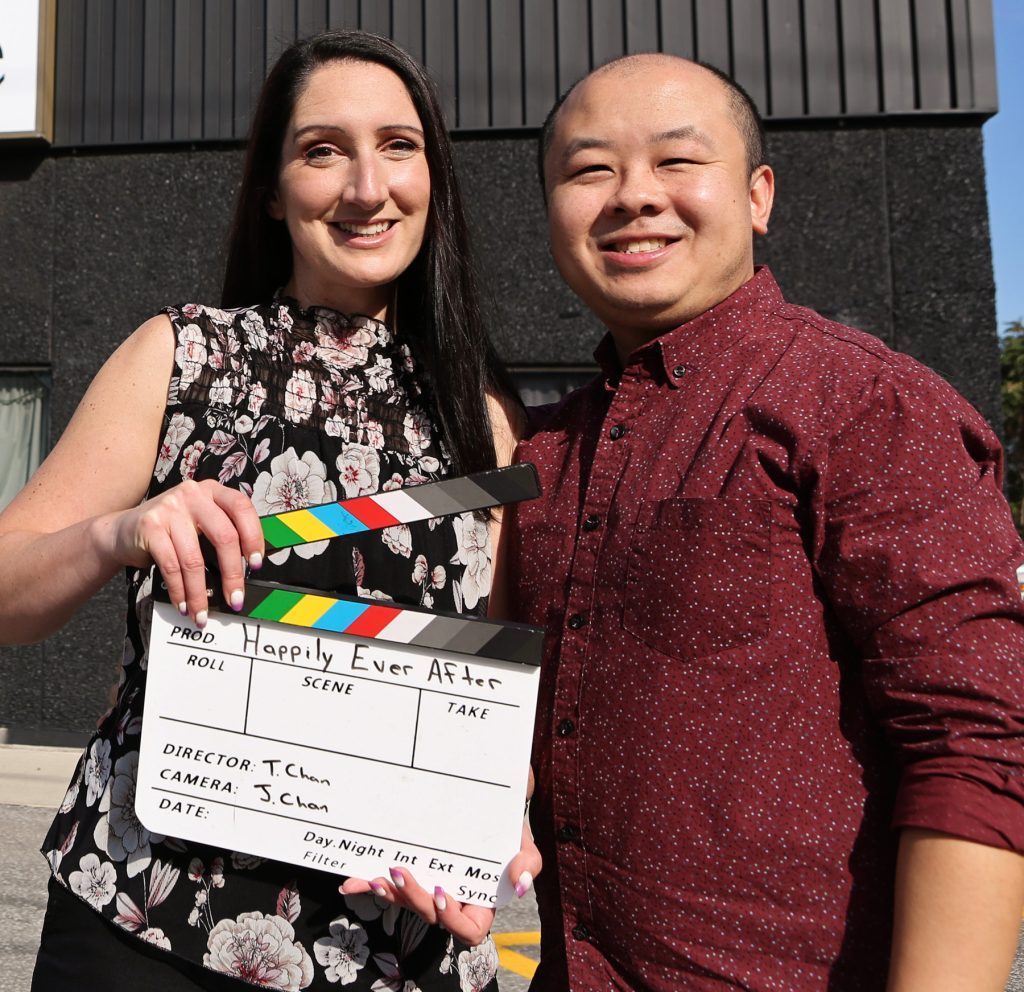
She continues: “Around the time the pandemic started, we were working on a Greek mythology show called ‘Thread and Stone.’ Because of the pandemic, that show never made it to stage. So, we decided to remount ‘Happily Ever After’, bigger and better as a movie in September 2020.”
“Happily Ever After” was originally performed by WDX in 2012. The show is a creative interpretation of classic Brothers Grimm fairy tales presented as a series of dance extravaganzas.
“The different stories are tied together by a narrative about a little girl who has lost touch with her imagination,” Tiffany says.
When the little girl discovers a book of fairy tales, each story comes to life in her mind through different genres of music and styles of dance.
“I was so naïve when the pandemic began,” Tiffany recalls. “I didn’t realize the scale of the situation. I said to my dancers ‘I’ll see you in six weeks!’ Then it rolled into months and months! We started doing rehearsals over Zoom when I heard from parents that kids were not as physically active during the lockdown and that it was affecting their mental health. I began online sessions just to keep them dancing, get them moving.”
A major reason for the decision to turn “Happily Ever After” into a movie was to motivate WDX dancers and assure them their efforts would not end in cancellation. The decision for the film version also made sense because Tiffany’s husband, John Chan, happened to possess professional calibre video production skills and equipment. John co-owns the video production company Perfect Shutter. He has made promo videos for WDX in the past and his years of filming weddings and other events, made him the ideal cinematographer.
Auditions took place in November 2020. Soon, it became clear that “Happily Ever After” would be a huge production. Ultimately, the cast consisted of 55 performers, including 11 parents, with dancers ranging in age from 10 years old, well into adulthood.
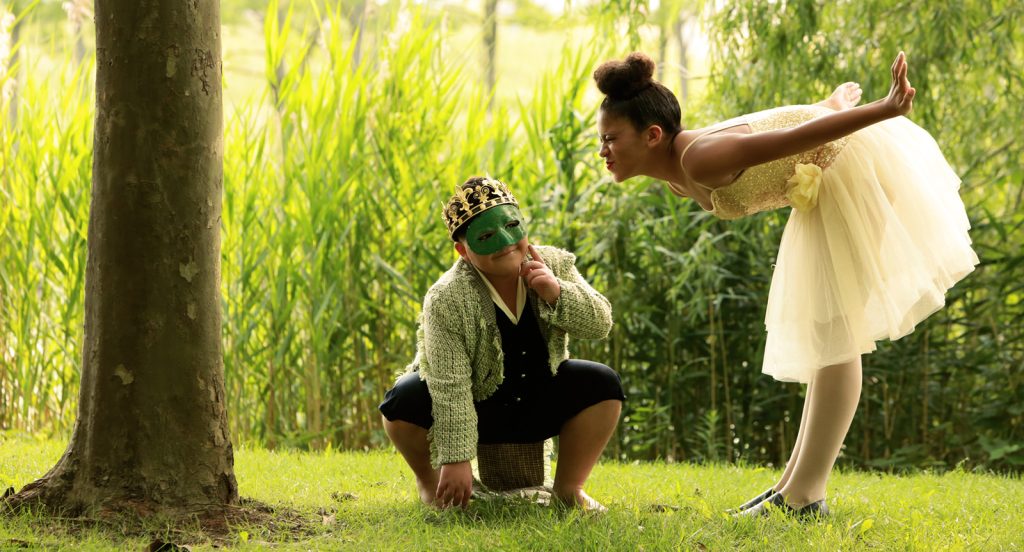
The first order of business was deciding—with choreographers Kendra Agius, Jessica Charron, Julia Galli, Dalton Hickson, Eleanor Liebrock, Serena Maniaci—which styles of dance best told each fairy tale.
“We do a 1950s version of ‘Cinderella’,” Tiffany says. “There is a hip-hop version of ‘Little Red Riding Hood’ that we filmed in downtown Windsor, making use of graffiti as a backdrop. ‘Hansel and Gretel’ is done in an ’80s style. We do a jazz version of ‘Rumpelstiltskin’ and the ‘Twelve Dancing Princesses’ is done in contemporary. There is a musical theatre interpretation of ‘Frog Prince’ and we do ‘Snow White’ as industrial steampunk.”
Rehearsals commenced, but the December lockdown delayed filming until March and forced the dancers to learn the choreography online. The spring 2021 lockdown put a further crimp in production, but the team was undaunted. Summer arrived, the weather cooperated and loosening health restrictions across the province made it possible for WDX to complete filming by the end of August.
“Once the warmer weather came, we were able to rehearse outside,” Tiffany says. “We also filmed outside, which was great because we could do that without masks so long as everyone was proper distance apart. Rehearsing outside was good for the dancers too. It helped them work with no walls.”
With years of experience filming weddings, John was up to the task of capturing the fast-moving action. “It was a lot of run-and-gun shooting,” he says.
The production is enjoying tremendous community support. The City of Windsor’s Arts, Culture and Heritage Fund provided some much needed funding.
“We had so much help from the community,” Tiffany says. “For ‘Cinderella’ we filmed in a diner and then needed a gymnasium. The Sandwich Teen Action Group let use their gym.”
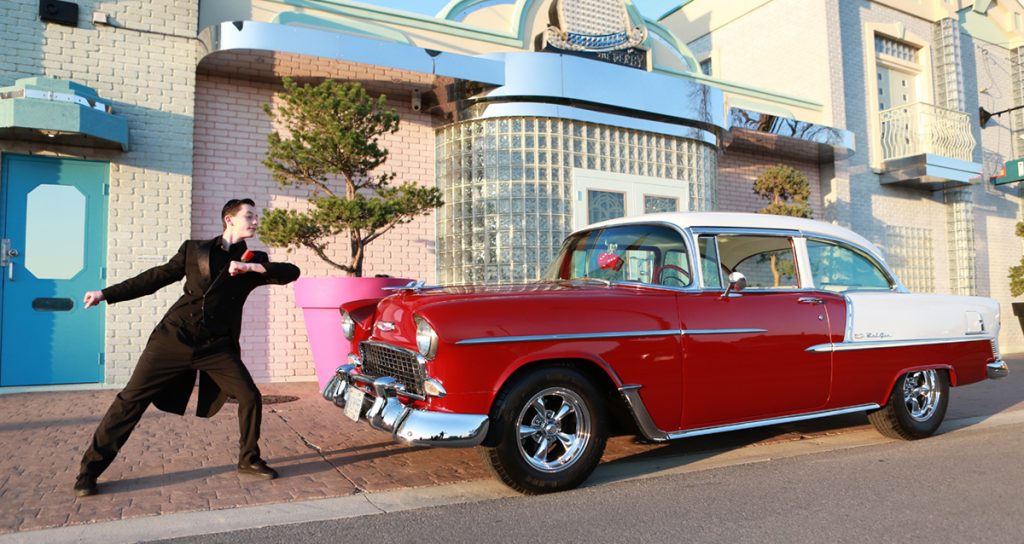
An eye-popping red and white ’55 Chevrolet Bel Air also appears in the ‘Cinderella’ story. It was made available by Gino DelCiancio. The car was parked outside the incomparable Retro Suites in Chatham for its scene. “Scouting the locations was a huge process,” Tiffany recalls. “The Rock Star Music Hall was used in the ‘Twelve Dancing Princesses.’ We filmed in a bakery for ‘Snow White.’ We filmed in Malden Park, and found a burnt out, abandoned building on Walker Road that served as the Evil Queen’s lair in ‘Snow White’. We filmed outside Mackenzie Hall and found some cool places downtown for ‘Little Red Riding Hood’.”
The production also had access to a farm and used some rundown barns to act as the hideout for Snow White’s seven homeless dancers. One of the barns served as a sweatshop for Rumpelstiltskin.
If it wasn’t enough working around lockdowns and other delays in filming, coming from a live theatre background, Tiffany found the film production challenging at times.
“I’ve never done anything like this before,” she says. “Our first couple of shoots, I felt completely blind.”
“It was a learning process,” John says. “There was a lot of time spent on YouTube, learning how to make someone disappear, for instance. It was a journey of discovery.”
It’s one thing to capture all that talent and creativity on video, but it was the skill of John Chan that brought it alive onscreen with his deft touch for editing and a few special effects.
“I couldn’t believe how good it looked!” Tiffany remarks.
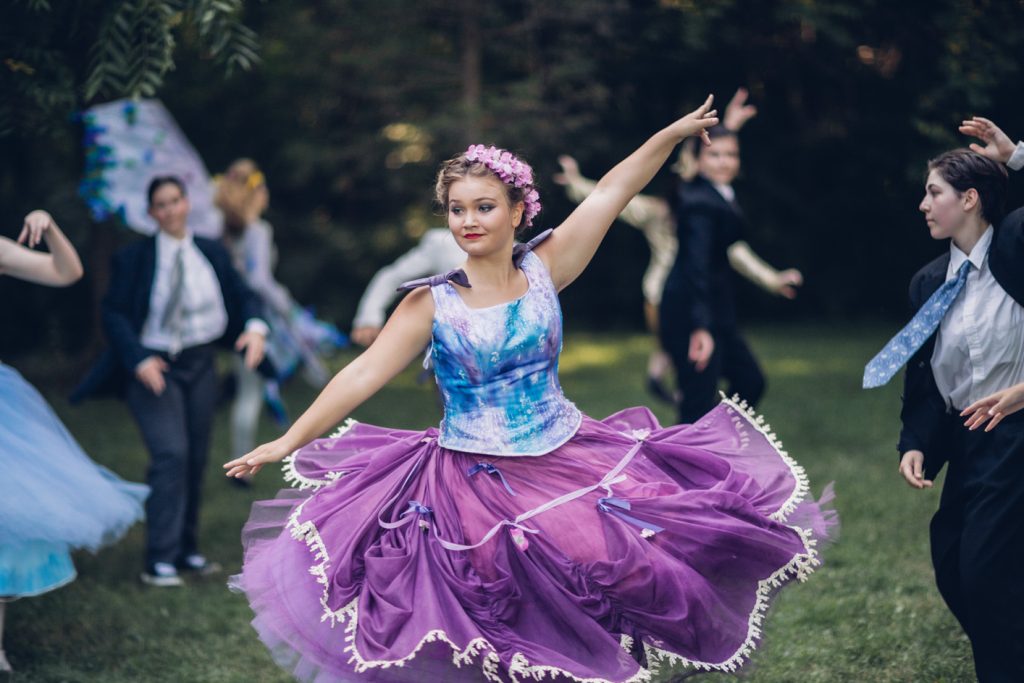
The idea for the movie was to simply keep the dance company working. Artists need to create and if the only audience to view “Happily Ever After” was the dancers and their families, all involved would have considered that a success. The response from the public, however, has been remarkable. “Happily Ever After” was premiered at Imagine Cinemas in Lakeshore and then shown twice at the Capitol Theatre in Windsor.
“We had a tremendous turn-out at our premiere at Imagine Cinemas—four sold out theatres,” Tiffany says. “People haven’t stopped messaging us asking how they can see it.”
John adds, “Now that the public showings are done, we’re working on getting the movie onto a streaming service.”
Anyone interested in seeing “Happily Ever After” can stay on top of developments by visiting www.wdxmovie.com.
“The whole purpose of this was to keep the kids dancing,” Tiffany says. “Dance companies are suffering, many have shut down. We kept going. We kept the kids dancing. We’re still here.”


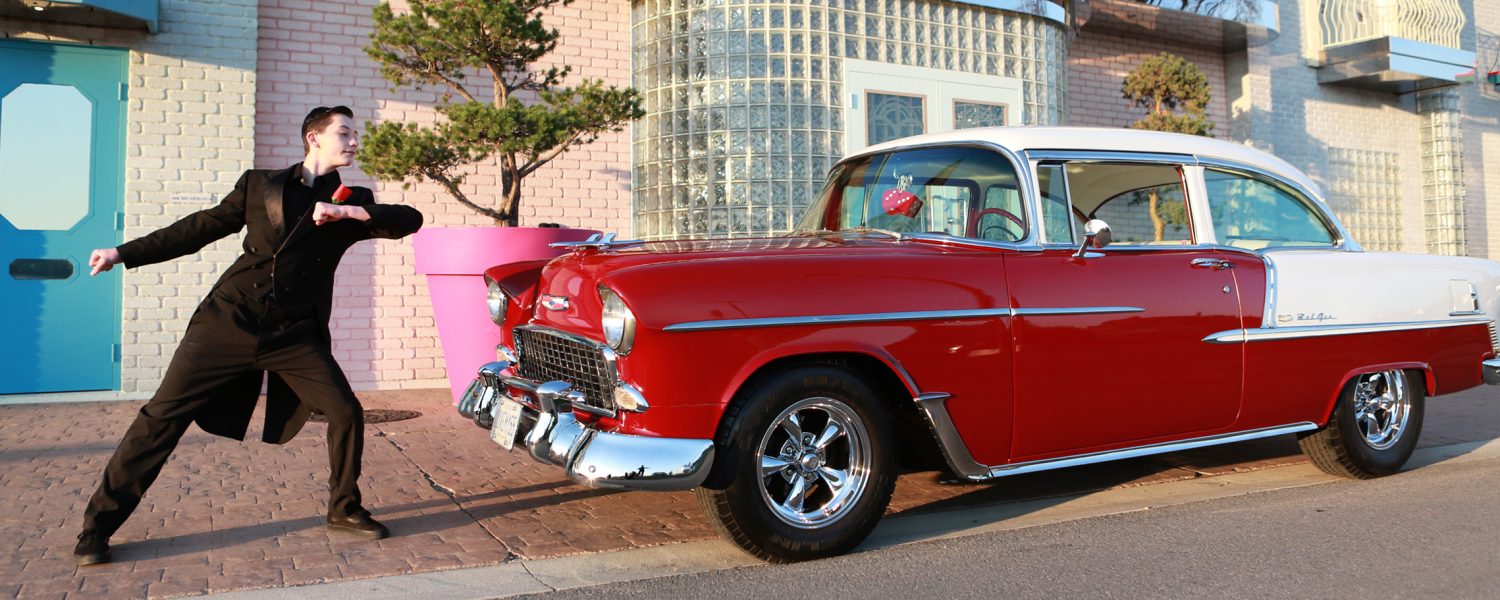

Add comment